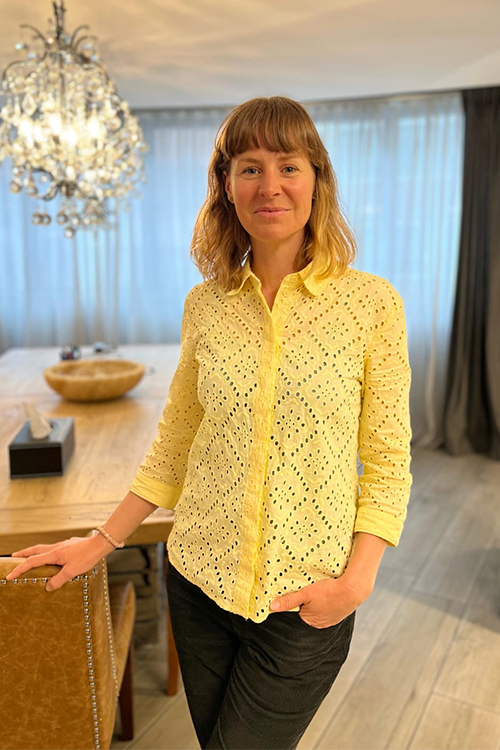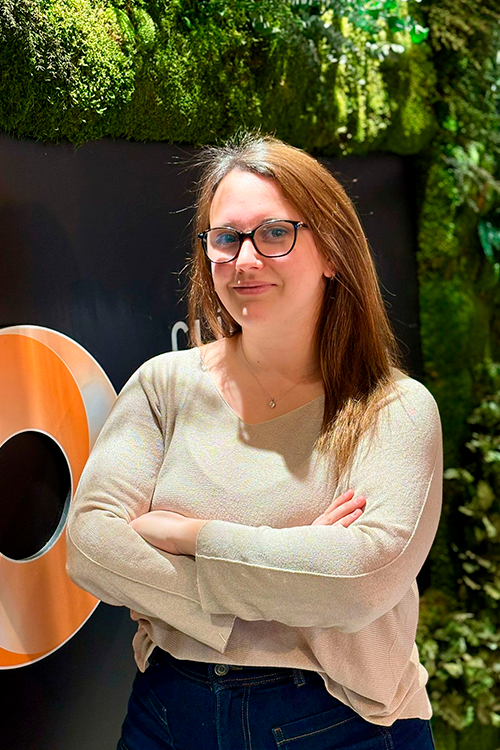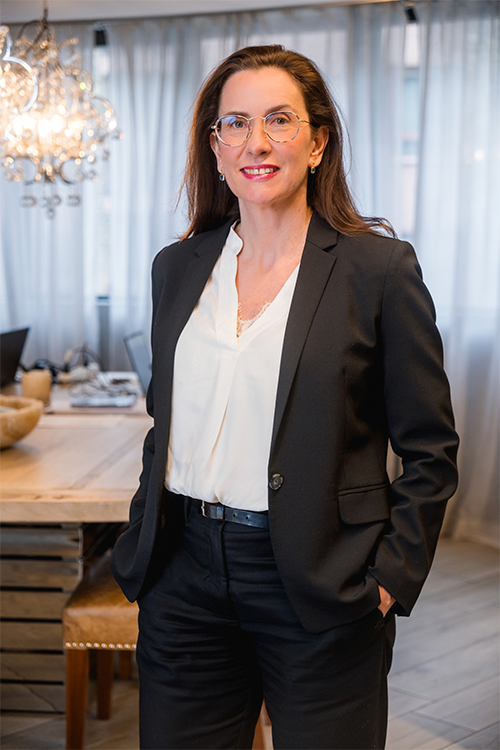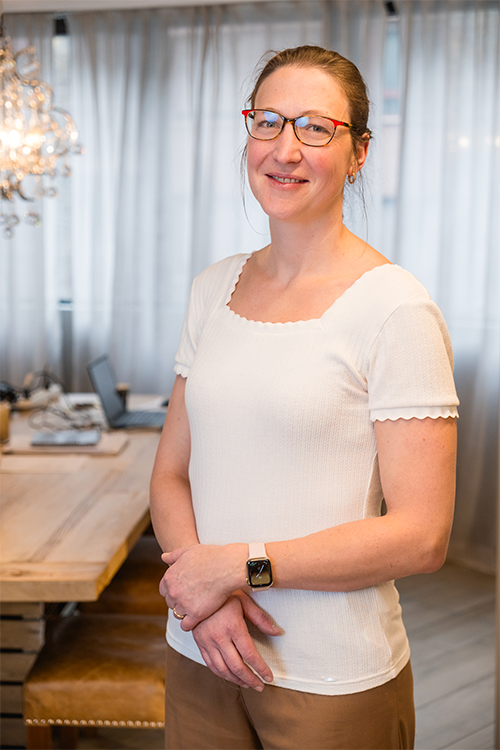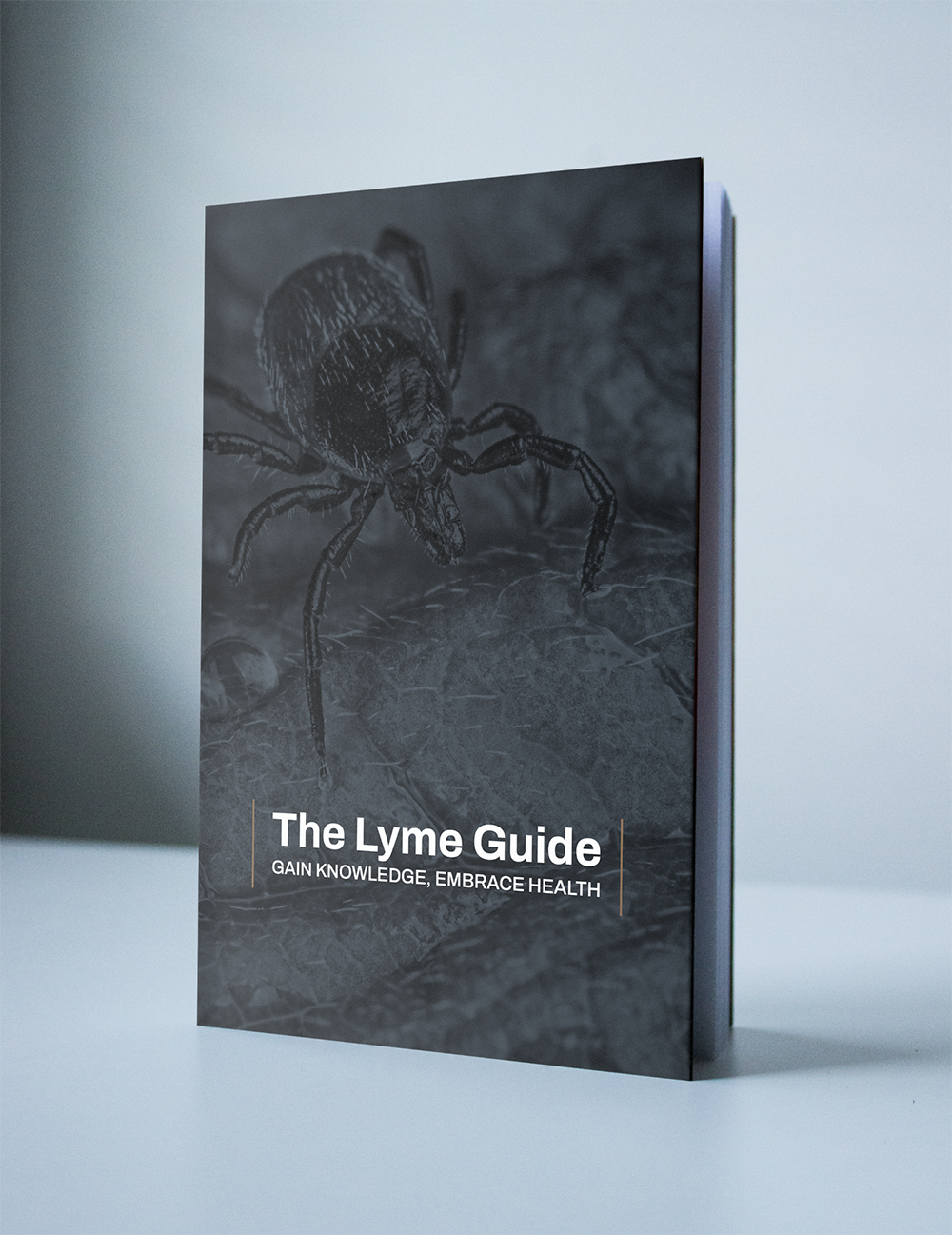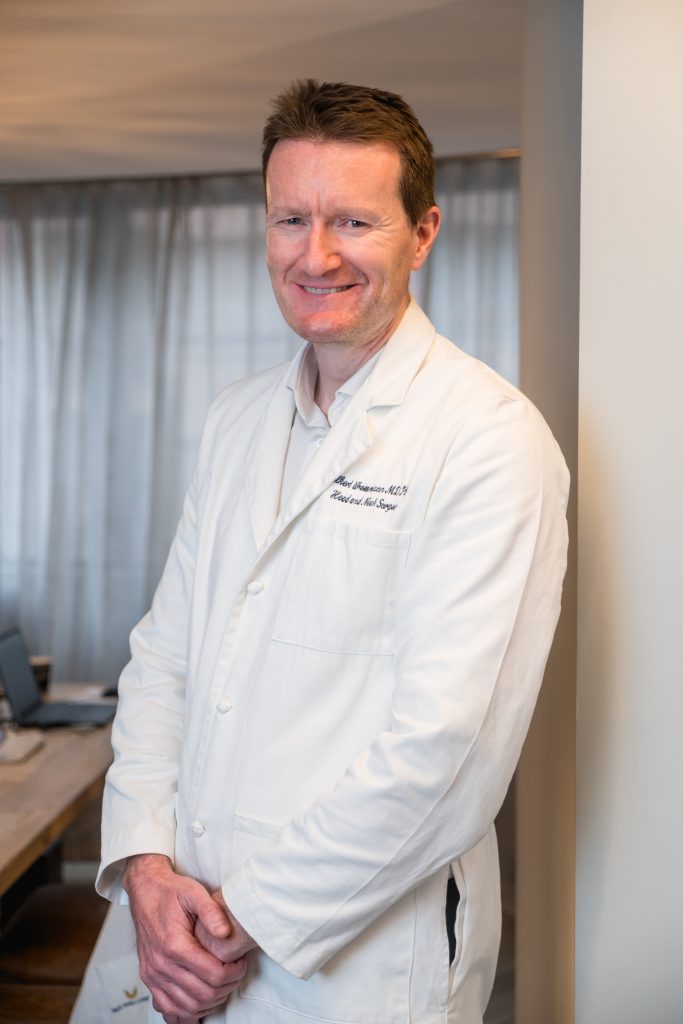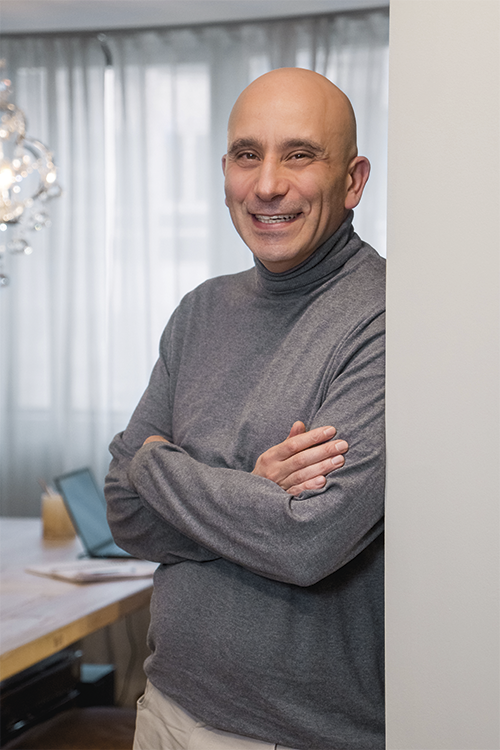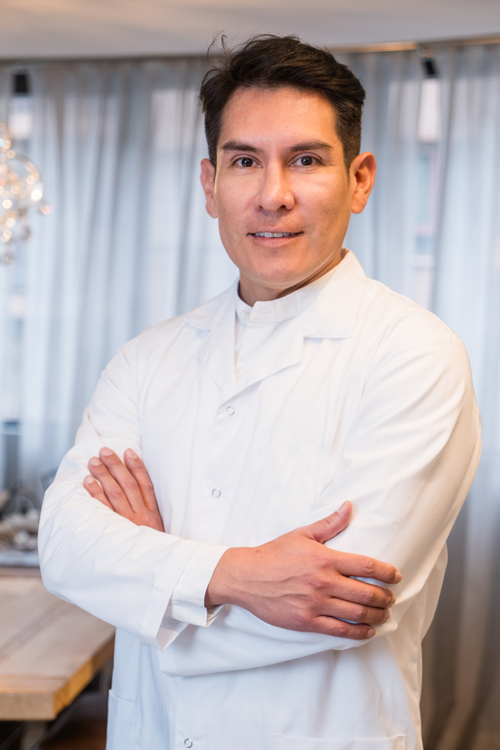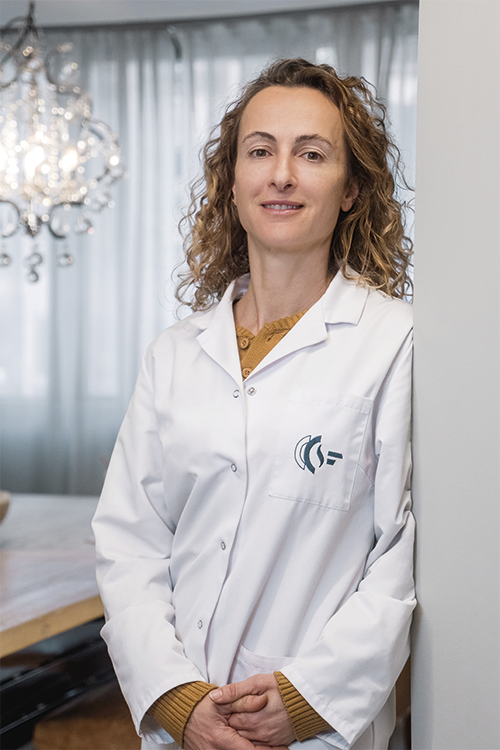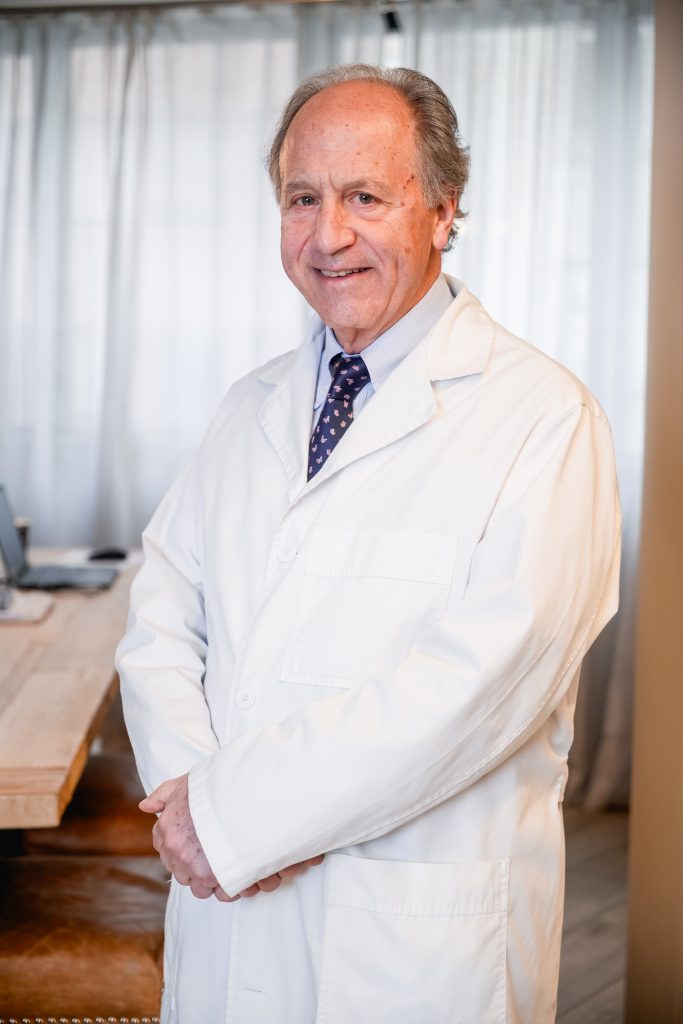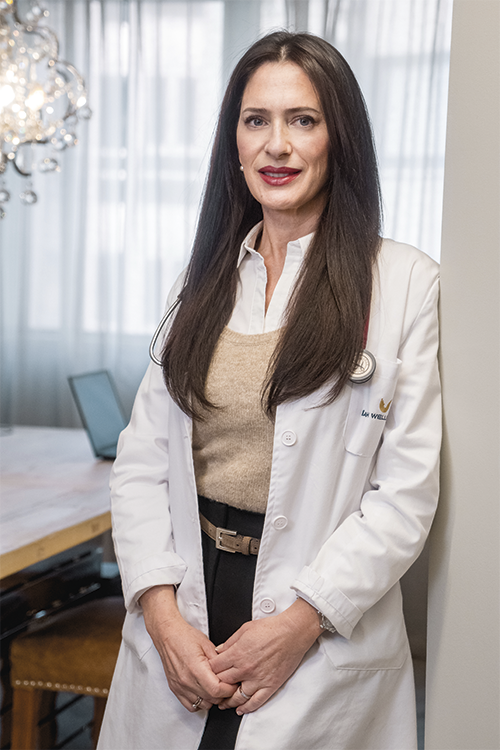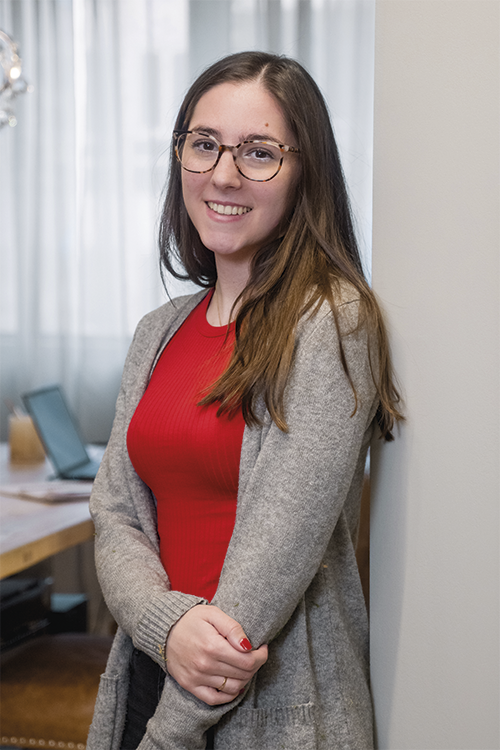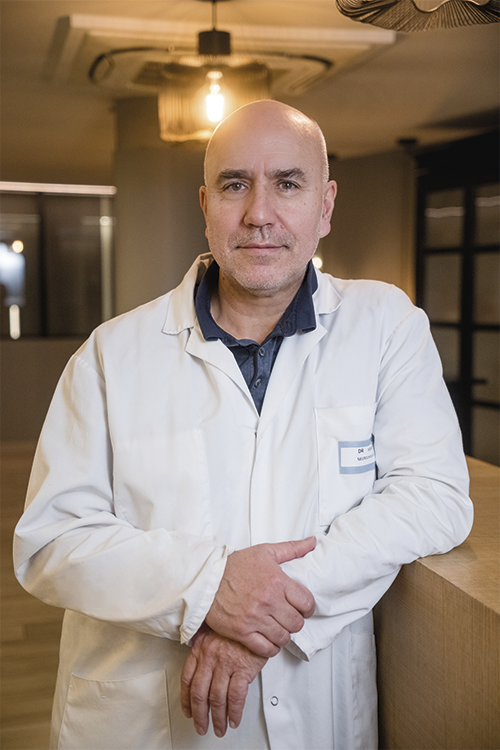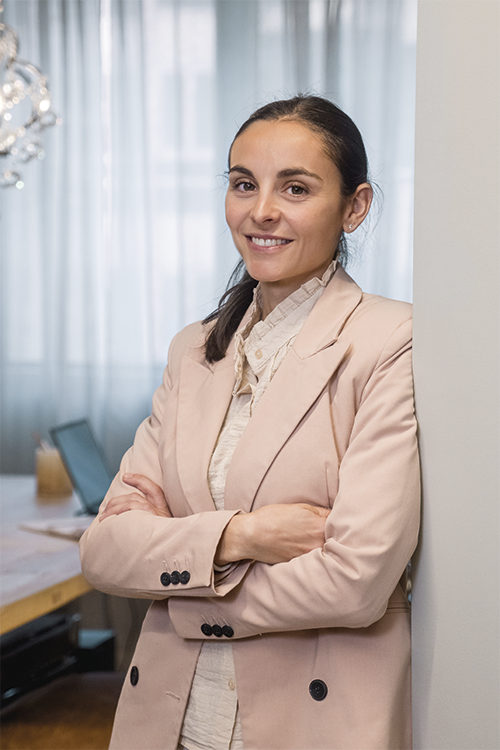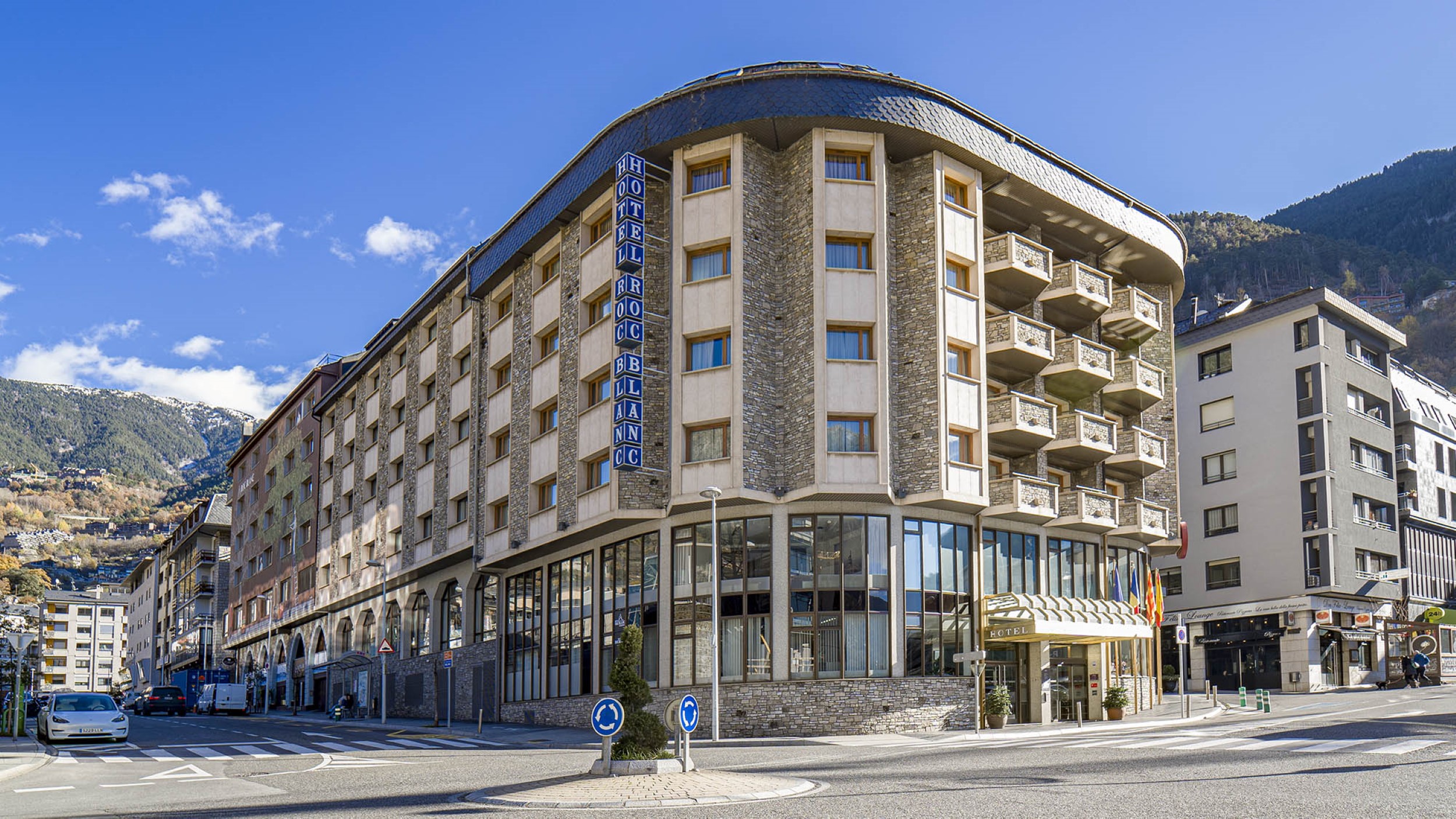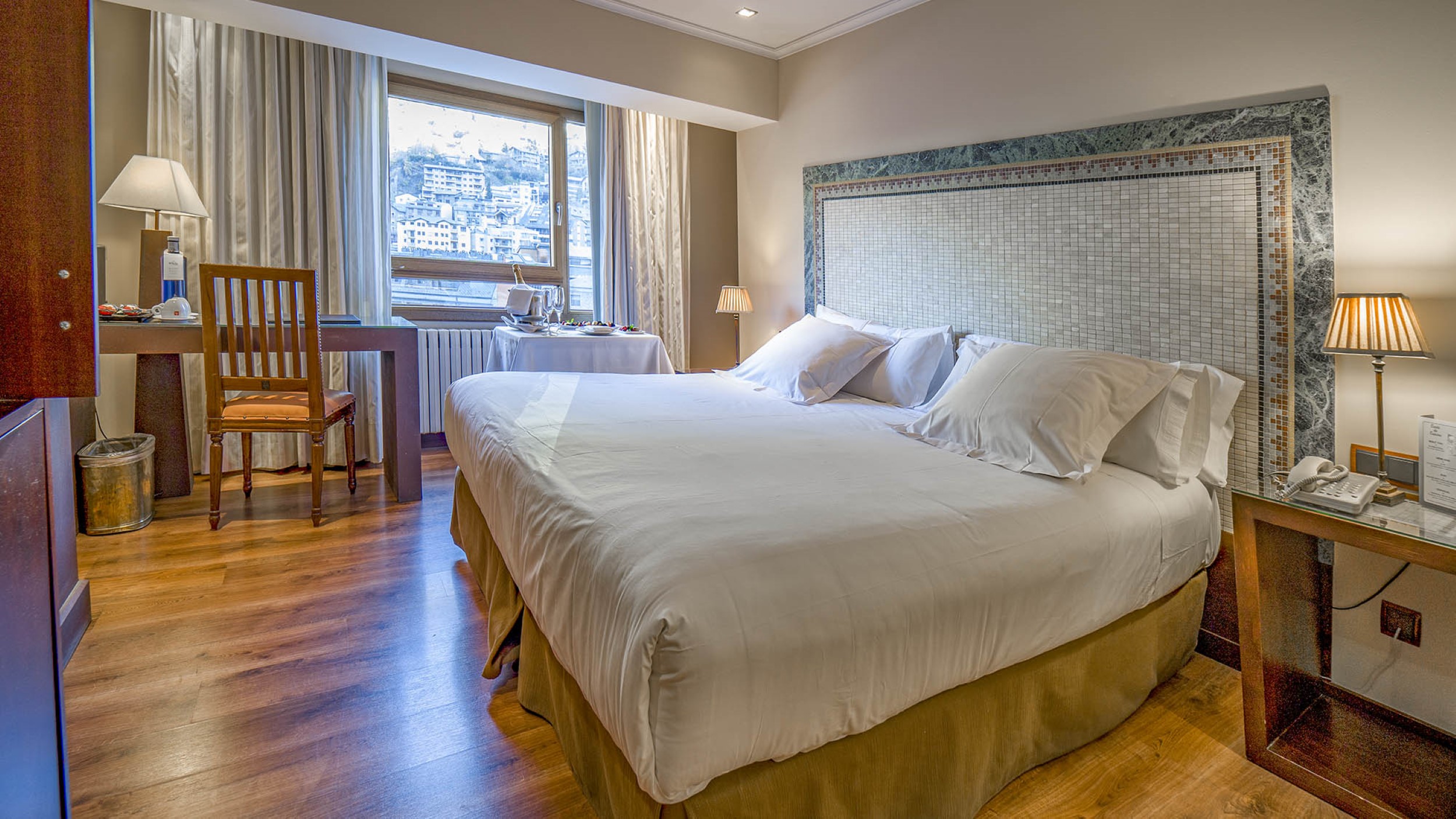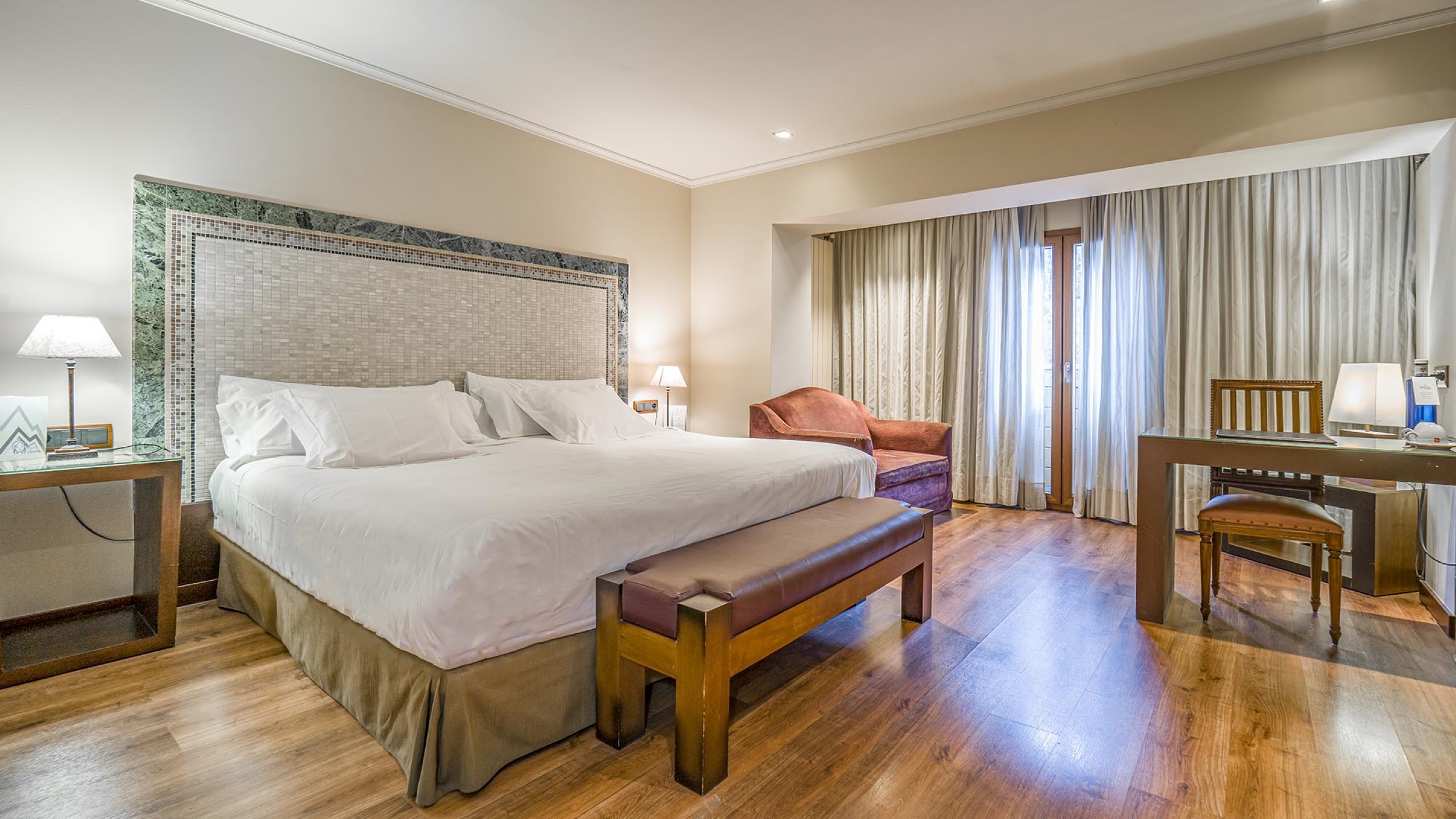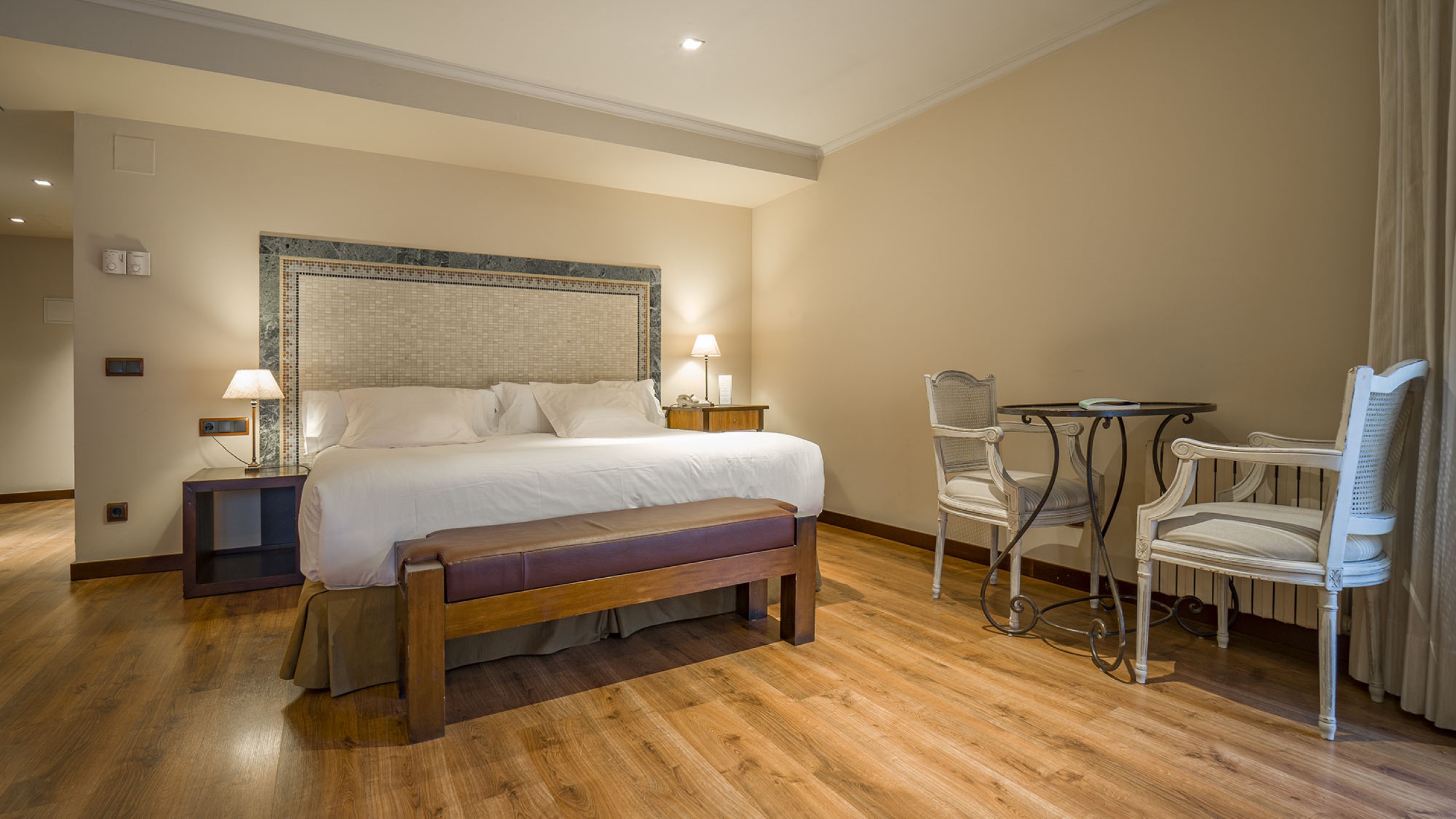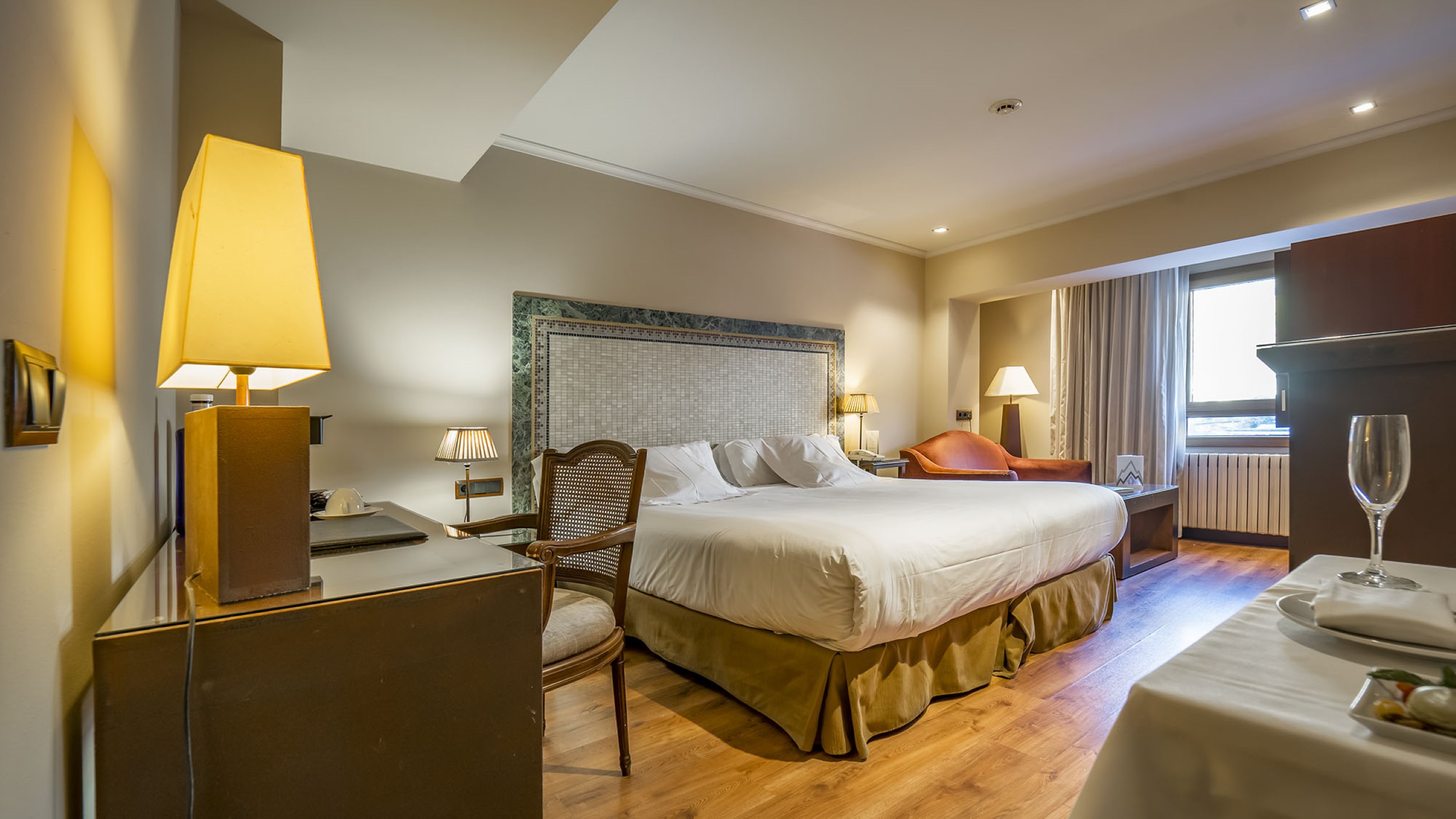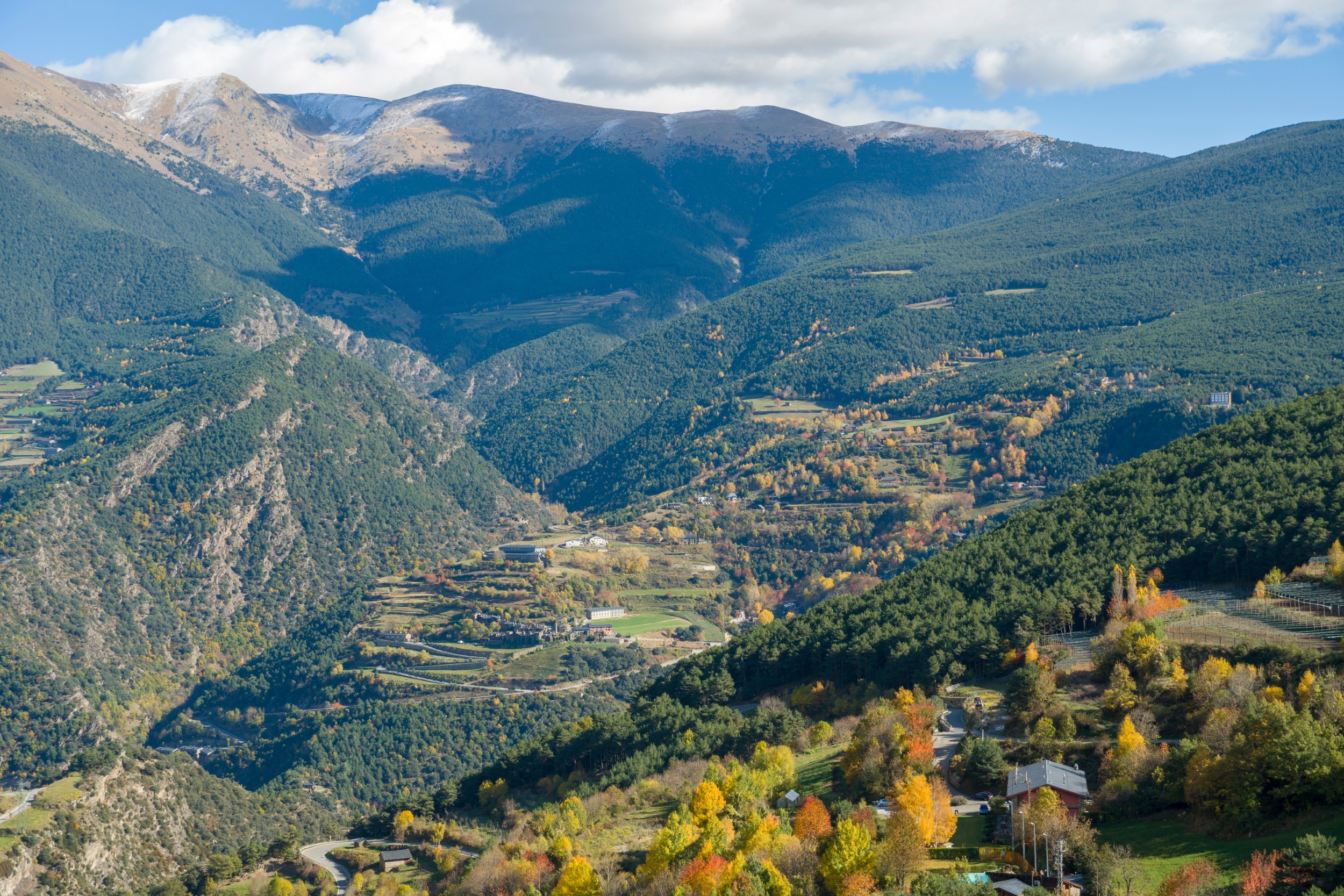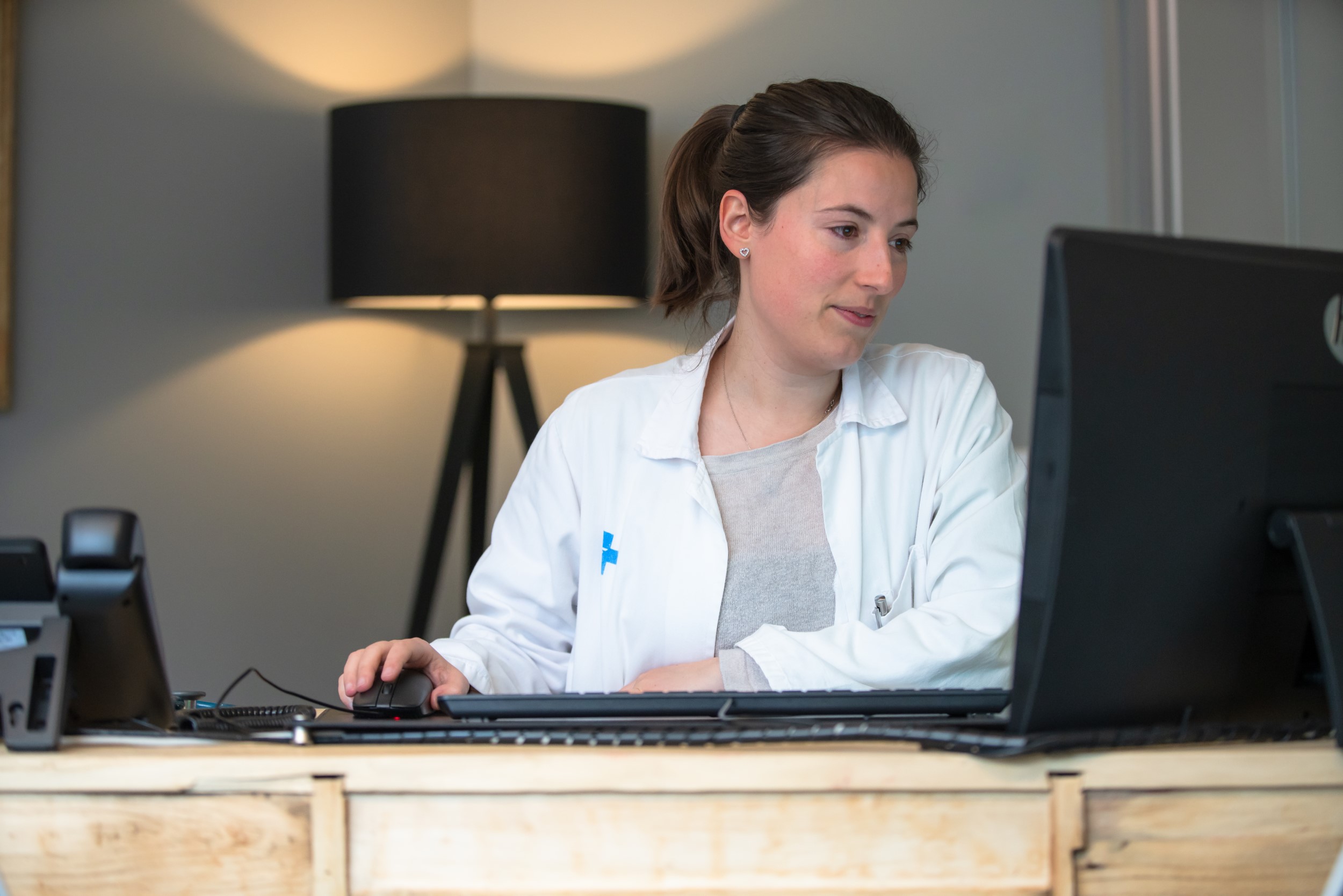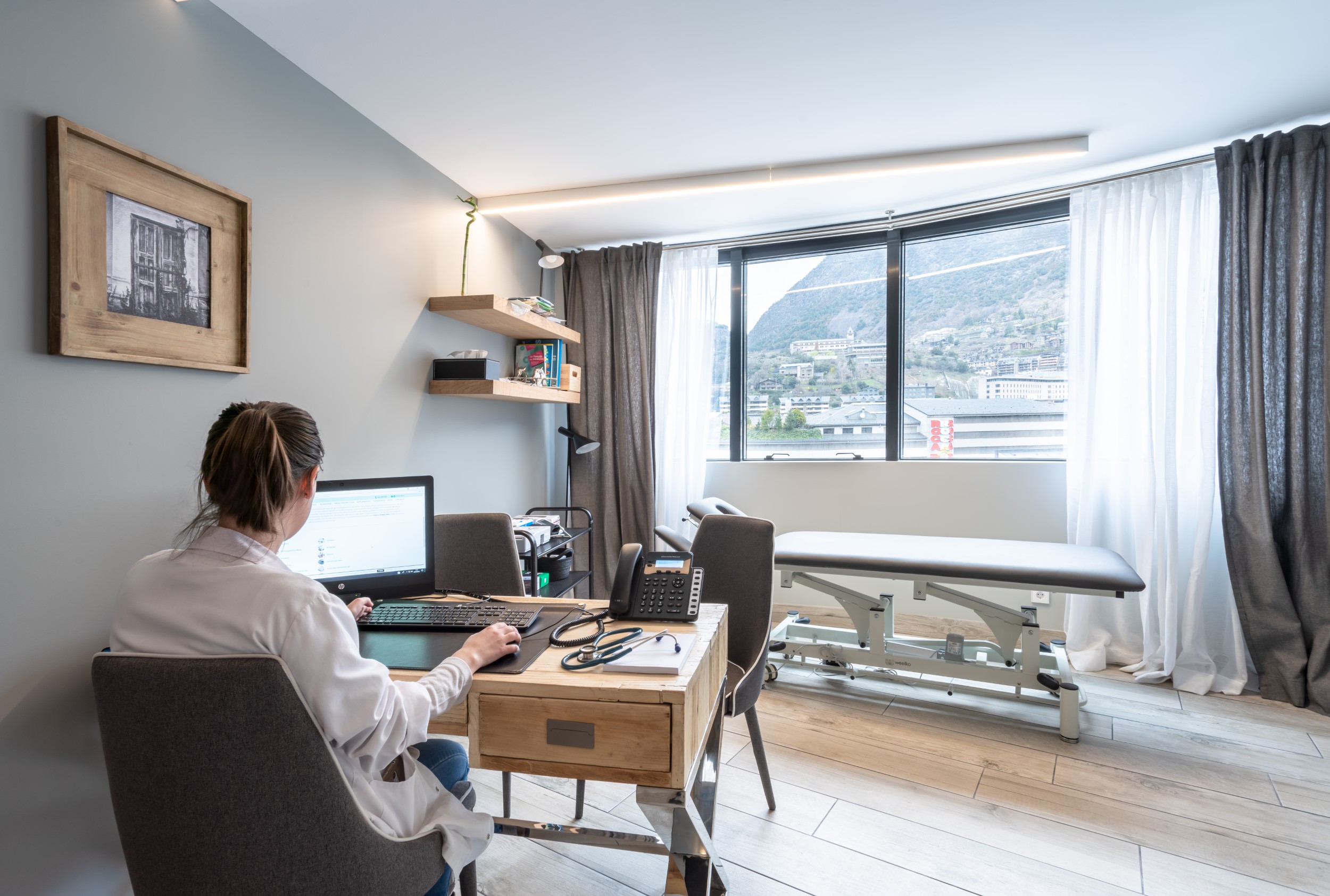Biofilms
Lyme disease biofilms are protective communities for Lyme germs. In these, various forms of the Lyme bacteria evade the immune system and hide from herbal and prescription antibiotics. In chronic Lyme and associated diseases they can cause treatment resistance, antibiotic resistance, and relapse once antibiotics or herbal antimicrobials are stopped.
What are Biofilms
Biofilms are not unique to borrelia, the Lyme disease bacteria. They are known to occur based on scientific studies in various infections such as staph infections of the skin and in Candida yeast infections. In Lyme disease, Alan MacDonald, MD has shown biofilms to exist in people with Lyme based on his microscopic exams of brain tissues. In the laboratory, Eva Sapi PhD showed that Lyme biofilms have the typical components and same behavior as biofilms found in other infections.
How Biofilms Work
Biofilm bacteria produce and cover themselves in a layer of sugar slime called mucopolysaccharides. To add structure, the bacteria recruit a protein found in blood called fibrinogen which they use to create a fibrin protein skeleton. Because the fibrin gives structure, the bacteria in biofilms can rid themselves of their outer protein coverings. This makes it harder for the immune system to react against them. In addition, the slime layer covers the germs so the immune system cannot see them. Antibiotics or antimicrobial supplements may have difficulty reaching the germs. In biofilms germs use efflux pumps to remove antibiotics creating antibiotic resistance.
Within the biofilms the germs establish highly organized structures and functions. For instance they have tubes they use to take in nutrients. They also communicate using various chemical messengers, excrete waste through channels and perform other complex activities to promote the longevity of the community. Biofilms require calcium and magnesium and contain other minerals and heavy metals.
Biofilms grow and thrive through a number of steps. First biofilms have to stick to surfaces; this is called adherence. Then germs in biofilms talk to each other through quorum sensing making the germs and biofilm stronger. Germs in biofilms use efflux pumps that flush antibiotics out. Biofilms also grow through germ swarming motility where some bacteria develop tails to rapidly spread.
Herxheimer reaction
Biofilms also contain various types of bacteria, in addition to borrelia (the Lyme germ). These bacteria, the fibrin-based proteins, and the mucopolysaccharide sugar slime provide the architectural structure which holds the biofilm together. When the biofilm is being abrupted as a cause to the antimicrobial or antibiotic treatment, a reaction is casued by toxins produced by the breakdown of pathogens.
This is called a Herxheimer reaction and the typical manifestation is a worsening of existing symptoms and flu-like symptoms such as fatigue, headache, body aches, muscle and joint pain, fever and chills, rigors, hyperventilation, brain fog, skin irritation, reappearance of rashes, mood changes and increased irritability. This is a common and expected occurrence with no need to discontinue the undergoing treatment, instead modyfying it and increasing the detoxing and anti-oxidizing agents.

